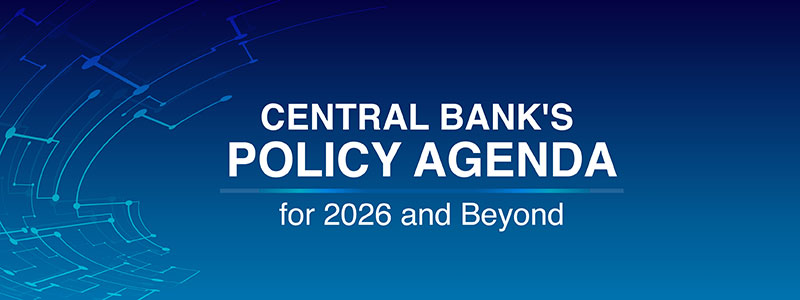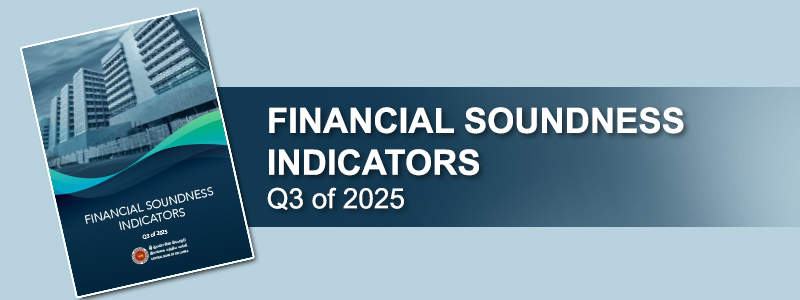The Central Bank of Sri Lanka (CBSL) compiles and analyses several indicators, in order to monitor the developments in the real estate sector. Accordingly, the Land Price Index (LPI) is compiled biannually covering the Colombo District since 1998. In the compilation process of LPI, CBSL uses the land price data collected by the Valuation Department of Sri Lanka covering around 50 centers of five Divisional Secretariat (DS) divisions1 in the Colombo District. In view of the diverse nature of the land use and to maintain homogeneity, three indices for residential, commercial and industrial lands are computed separately. The overall LPI is computed by taking the average of these three sub-indices.

















